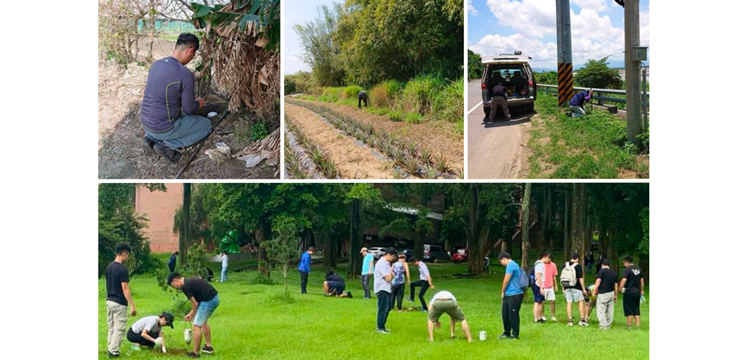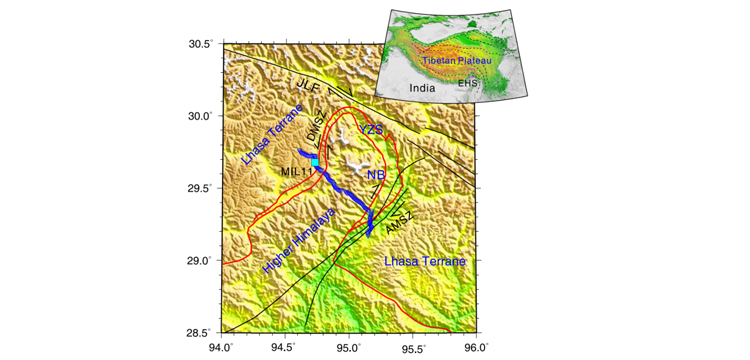Equipment Model: SmartSolo IGU-16HR EB 3C
Equipment Quantity: 78 units


Research Overview:
In order to explore the shallow geological structure characteristics of the Tongmai-Lulang section of the Sichuan-Tibet Railway, effectively assess the risk of geological disasters along the railway line, and ensure the safe operation of railway facilities, the background noise tomography technique is used to obtain the high-resolution S-wave fine velocity structure of the shallow surface based on the short-period dense array waveform data, and combined with the results of the geological survey, the geometrical shape of the faults and the activity characteristics of the faults along the line are accurately judged. The research team has been able to accurately determine the geometry and activity characteristics of the faults along the route.


In April 2021, 78 short-period mobile dense station arrays (SmartSolo IGU-16HR EB 3C short-period seismometers, with a bandwidth of 0.2~150.0 Hz) were linearly deployed along National Highway 318 in the Tongmai-Lulang section south of the Layue Tunnel, with the distribution of stations shown in Figure 1, and the spacing between stations was 500 m. The total length of the stations was about 1,000 m, and the distribution of stations was about 1,500 m, with the distribution of stations as shown in Figure 1. The distribution of the stations is shown in Figure 1, with a spacing of 500 m, a total length of about 40 km, and a monitoring duration of about 40 days. The Z-component waveform data are selected for 37 days, and the S-wave velocity structure profiles along the route are obtained by using the background noise cross-correlation method for the inversion of the layered image.



